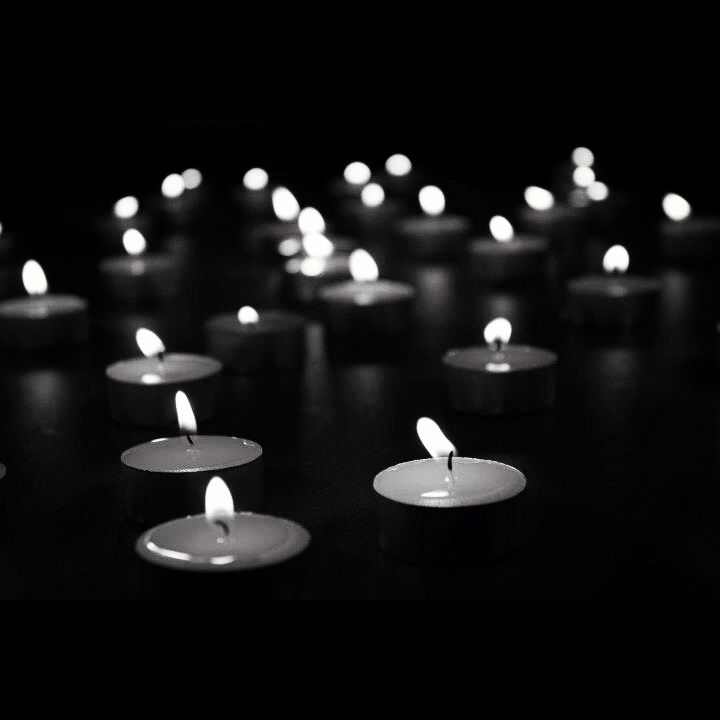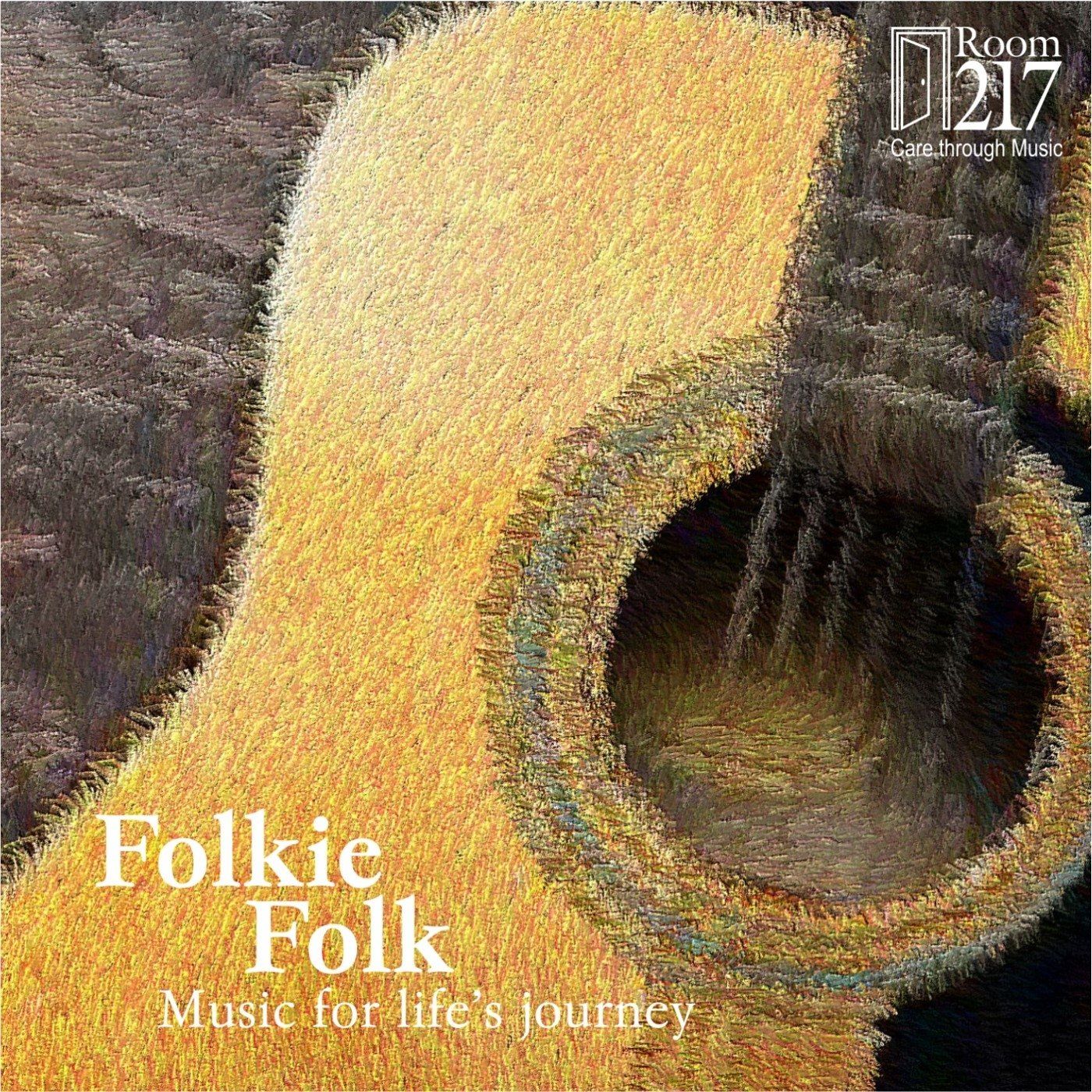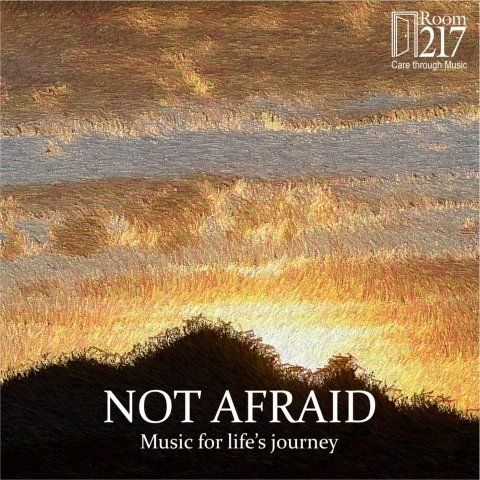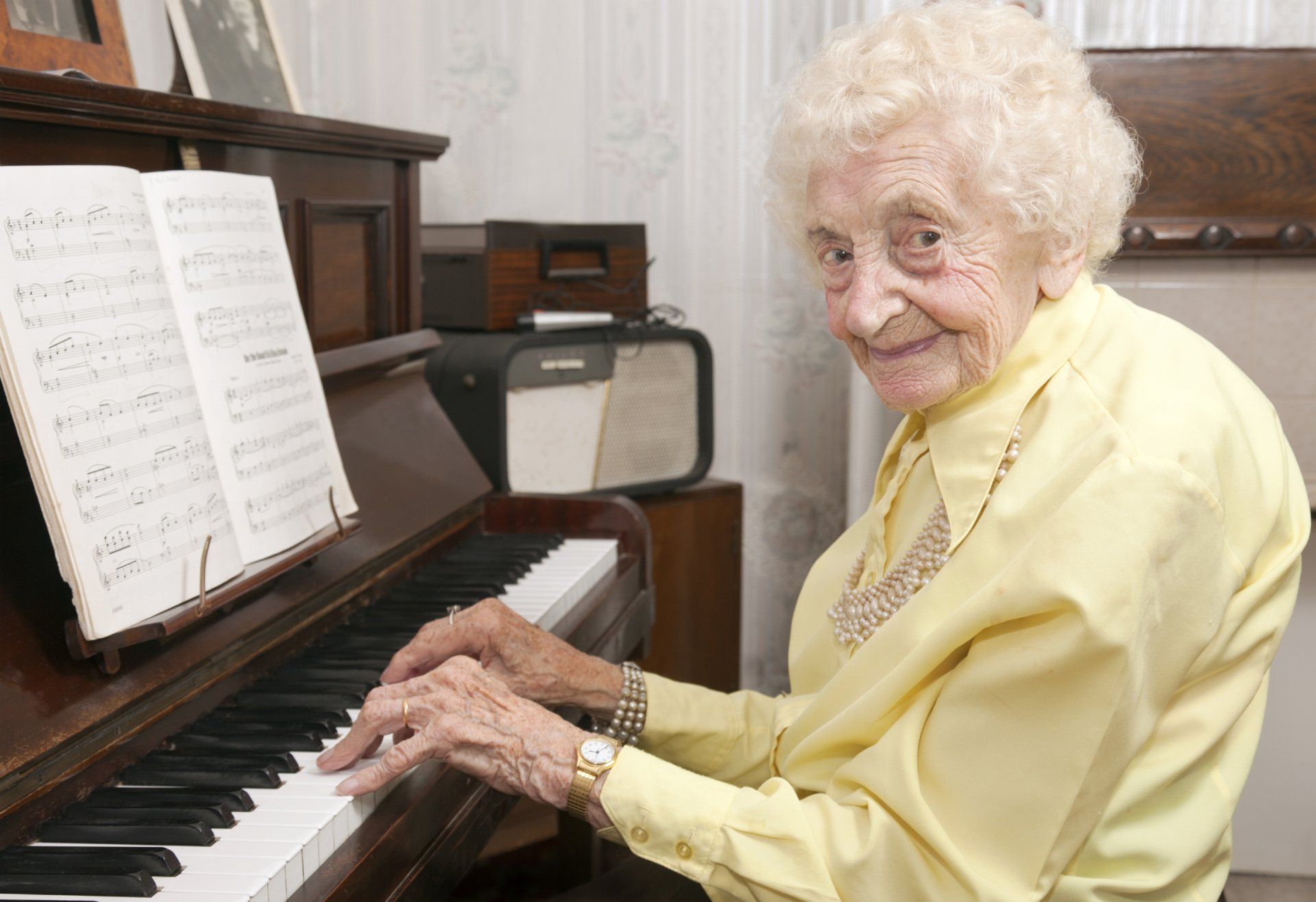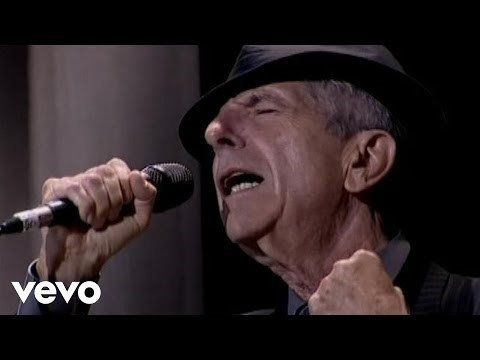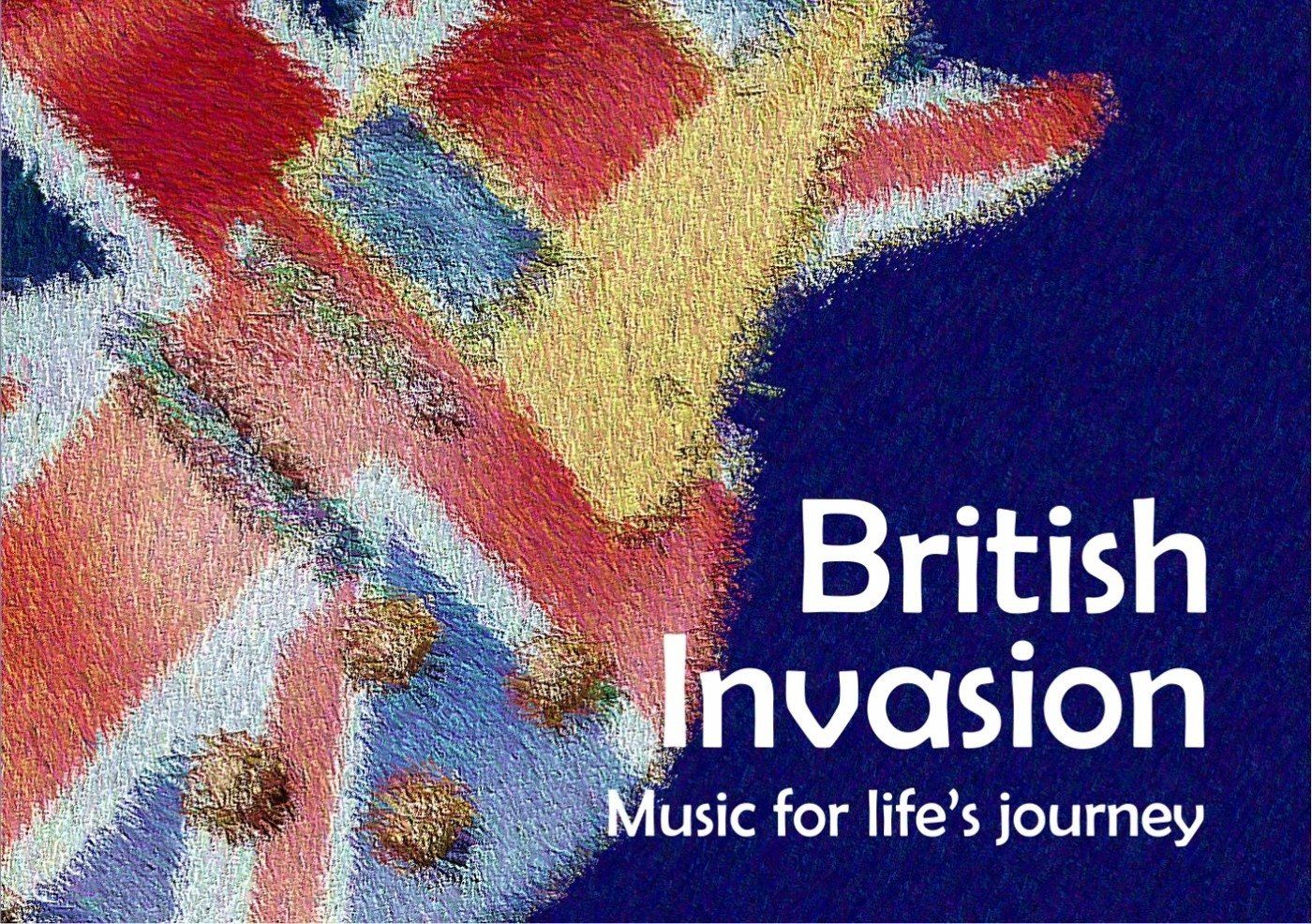Key Change Series Part 5 – MUSIC CARE CERTIFY: Change in Action
Music is a catalyst for measurable change. And it can be woven into the fabric of a caring community. Care leaders have the power to make that change a reality within their organization through our MUSIC CARE CERTIFY program.
Kindera Living has rolled out MUSIC CARE CERTIFY in 8 of their homes in Ontario with excellent results. Each care centre had their own unique music care site team and addressed a site challenge with music.
For example, Kindera’s Dundurn Place Care Centre wanted to reduce the stress of daily care given to residents. Dundurn is in the heart of downtown Hamilton; it is multicultural, and serves 112 long-term care residents, 2 respite and 22 convalescent residents. The music care site team learned the residents’ musical preference and incorporated them into personalized playlist used during personal care sessions by the PSWs. Expressive behaviours were reduced by 78%. Cooperation during care improved and stress was reduced for both the care recipient and care giver.
At Wellington Park Care Centre in downtown Burlington with 135 long-term care beds and a 16-bed restore program, the music care site team wanted to improve resident experience by creating a music-rich environment. By offering an abundance of new music programs, adding music to existing programs, and encouraging opportunities for musicking, Kindera’s Wellington Park increased monthly musical offerings by 128%. This meant music therapy hours were doubled and now, all residents have their own set of headphones. The team saw an increase in engagement, emotional responses and social interaction.
At Banwell Gardens Care Centre in Windsor, a 142-bed Kindera home, the music care site team evaluated the impact of a resident chosen song on staff, when played during the honour guard. Note, when the residents dies and leaves the home through the front door, staff, residents and family gather for an honour guard. Results showed that 83% of staff feel less isolated in their grief when this ritual is performed with resident-chosen music; 94% of staff felt that the resident-chosen honour guard song helps them process grief more effectively.
At Anson Place Care Centre, a 47-bed Kindera home in Hagersville, the music care site team created the ‘Sound Bites’ initiative where resident personalized playlists enhanced the dining experience and increased resident appetite by 19%. There were other benefits during mealtime as well, such as a 20% increase in social interaction with more talking, humming, singing, laughing, smiling, swaying and toe tapping.
Huron Hospice in Goderich Ontario was the first hospice in Canada to become MUSIC CARE Certified. Their music care site team wanted bedside musicians and nurses at their residential hospice to observe and evaluate the effects of music on residents. By developing two observational feedback cards to record observational outcomes, hospice nurses found that 83% of residents felt calmer from live music moments offered by trained community musicians. Not only did the residents benefit from the music, there was deeper mutual appreciation and support amongst the nursing staff and volunteer musicians.
Acclaim Health in the Peel and Halton regions offer adult day programs to support physical and mental well-being through independent living, reduced social isolation and innovative dementia care. At Patty’s Place and Mississauga Clubs, the music care site team used cue songs to improve client transitions in afternoon programming. By using a catchy familiar tune to encourage clients to get up and walk to the after-lunch programming, 75% of clients showed more engagement during the transition by singing, clapping or dancing. At the Burlington and Walmley clubs, personalized musical playlists were used to redirect client agitated focus towards musical engagement such as listening, singing, dancing and discussing.
While these are some of the measurable changes reported through the MUSIC CARE CERTIFY process, anecdotal evidence of music’s impact was plentiful.
“The stories that come out of our Men’s Musicking program are often touching and humourous which opens the door for deep emotional reminiscence and a collective appreciation of each other’s lives.” – Music care site team member, Menno Place, Abbotsford, BC
“Lack of quality sleep in seniors can lead to a range of issues, including increased risk of chronic diseases like heart disease, stroke and diabetes, as well as cognitive decline, falls, weakened immune systems and mental health problems like depression and anxiety. Hawthorne Care Centre’s music care team along with PSWs, used music (15 minutes of play) prior to bedtime to improve resident sleep quality. How exciting for Hawthorne residents!” – Sandy Croley, Director of Programs and Rehabilitation, Kindera Living
“Before music was introduced, he was constantly in his room and preferred to stay in bed and sleep. After Arbour Beats came in play, I noticed him coming out of his room much more often asking what programs were happening. I now notice he will start singing in his room on his own, even when music is not playing. He sits in his chair and belts out multiple songs at any time of day for a long duration. I think music sparked something in him.” – Music care site team member, Arbour Creek Care Centre, Stoney Creek, ON
We honour all of the early adopters of MUSIC CARE CERTIFY, building the case for music integration as a strategic, key change in the care culture.

